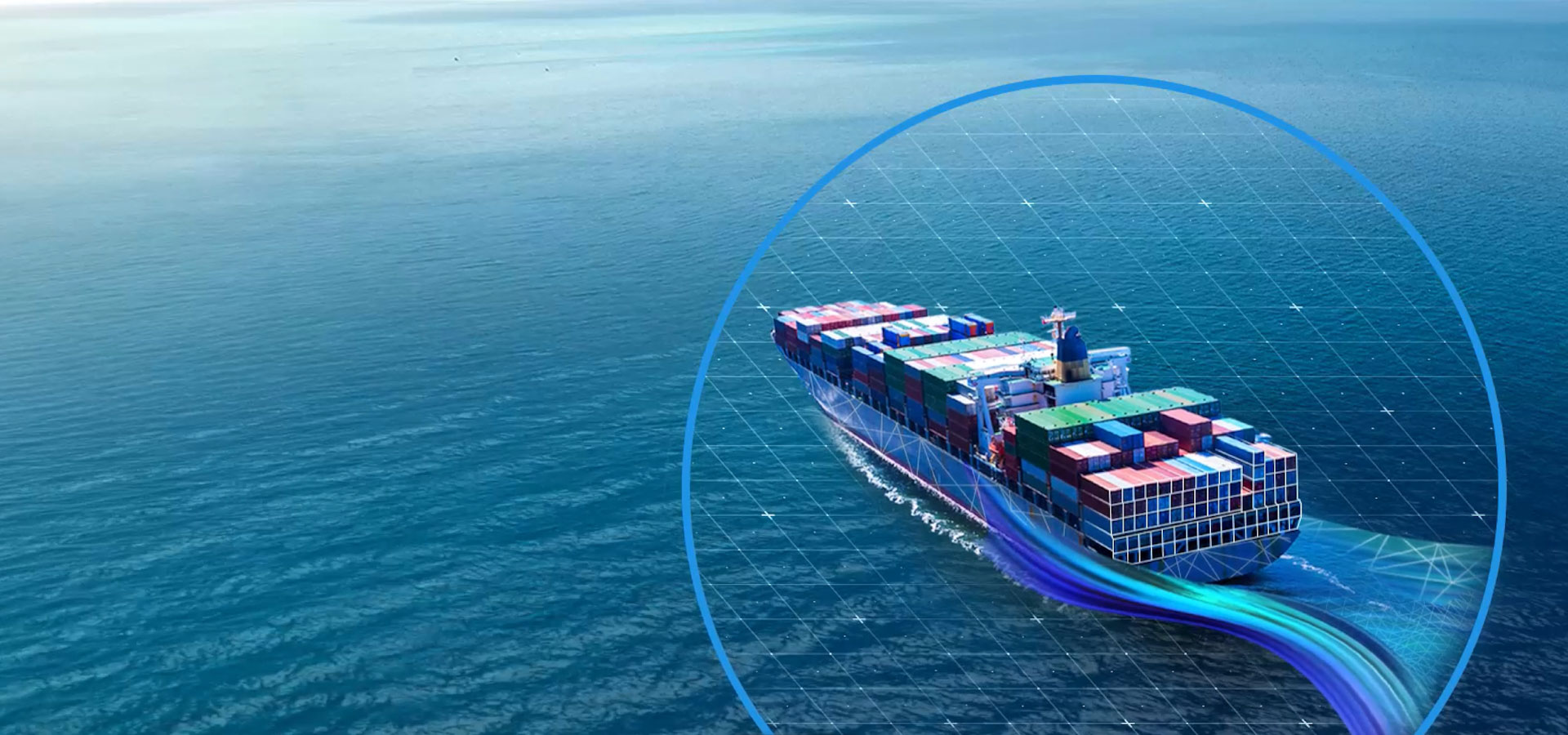Moving towards Model-Based approach for Zero-Emission Shipping
Ready to innovate for smarter and greener vessels? Advance towards decarbonization goals with a collaborative model-based approach and the virtual twin.
Facing tremendous pressure to achieve zero-emission shipping, industry leaders are taking action to transition from high-polluting ships to smarter and greener vessels. But how quickly can they scale up the delivery of more sustainable ships by 2030?
With about 90% of world trade moving by sea, shipping produces nearly 3% of global emissions. In response, the International Maritime Organization (IMO) has set a revised greenhouse gas (GHG) strategy to reach net-zero GHG emissions by around 2050 and increase uptake of sustainable fuels so they account for 10% of energy usage across the industry by 2030.Decarbonization has spurred global action. As an example, mega retailers like Amazon, IKEA and Unilever plan to only move cargo on ships using zero-carbon fuel by 2040.
But regulations are not the only catalyst for change. The transition to clean shipping is charting the course for more sustainable materials, alternative fuels, greener propulsion solutions, greater automation as well as autonomous and remote-controlled ships. The industry needs to rethink the way they design, build, operate and maintain vessels, which means successfully developing, building and integrating a wide range of complex technologies. This can only be done through closer collaboration between all stakeholders.
So how can the shipping ecosystem collaborate to make zero-emission vessels a reality? Read on to find out.
Future-Proof Vessels for 2030 and Beyond
Ready to boost your transition towards zero-emission shipping? We’ve put together this ebook for you to learn how the collaborative model-based approach and virtual twin can help accelerate innovation for smarter and greener vessels.
Three Keystones of Collaborative Innovation
To successfully deliver a zero-emission shipping fleet, collaboration between all stakeholders in the ecosystem — from shipyards and suppliers to ship owners, port operators and classification societies — is crucial right from the beginning. Achieving this comes down to these three keystones:
The bottom line? It’s imperative to improve the effectiveness of green ships across design, engineering, operations and maintenance.
Chart the Seas With Confidence
In the transformation towards zero-emission shipping, stakeholders are recognizing the importance of collaborating to innovate better — but they need to be equipped with the right solution to future-proof their brand and fleets for 2030 and beyond. This is where the 3DEXPERIENCE® platform can add value.
By fostering collaboration around the virtual twin, the 3DEXPERIENCE platform enables shipyards, suppliers and other stakeholders to:
The race is on to decarbonize by 2030. Strengthen a collaborative shipping ecosystem with the 3DEXPERIENCE platform and the virtual twin to innovate smarter and meet long-term emission reduction targets.
